History of Gloves
How a few multi-disciplinary thinkers saved people by the millions
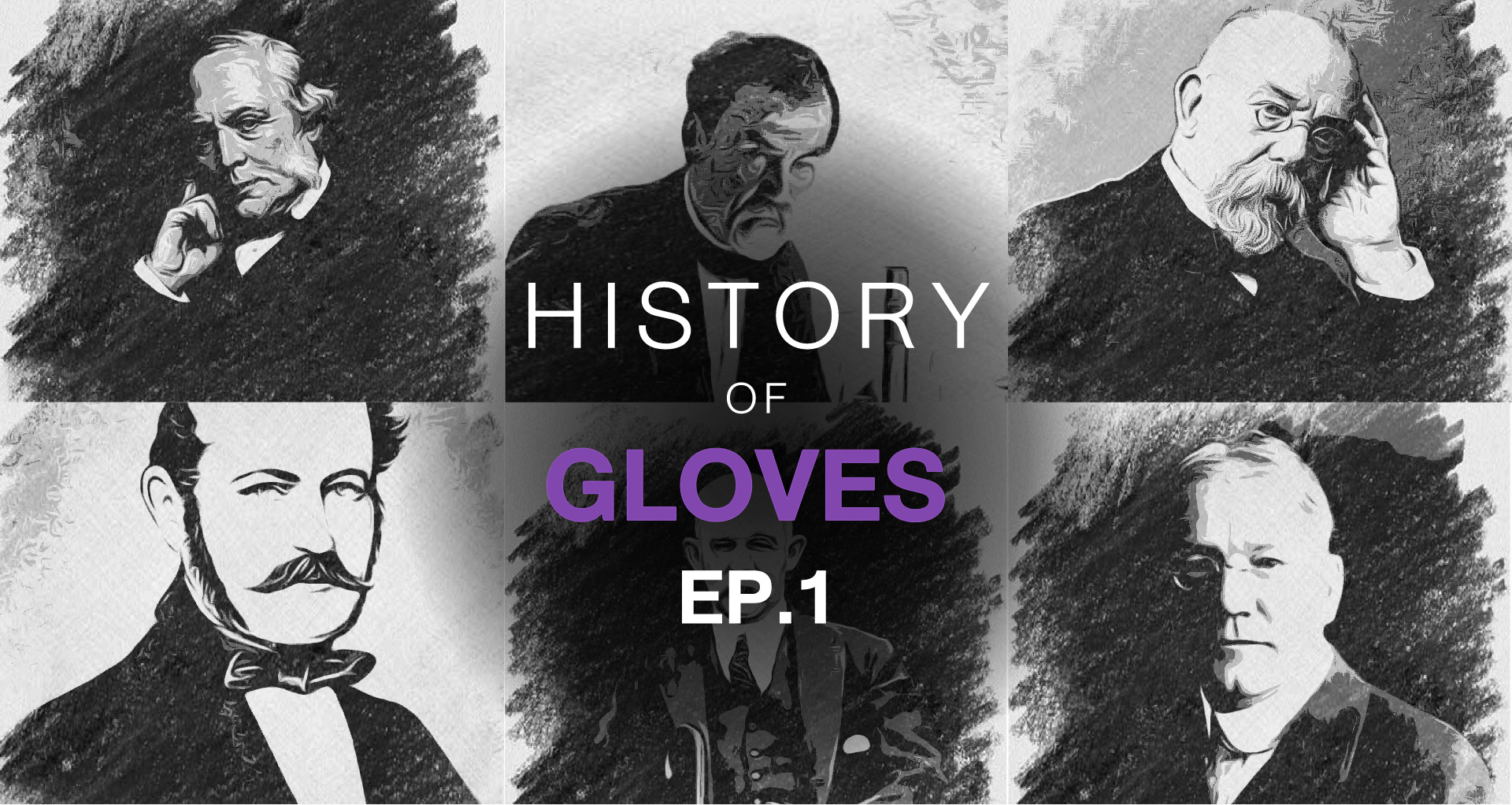
In the beginning of the 19th century, microorganisms were unknown to the world. Science was unable to explain why people got ill or why open wounds often caused fatal infections. It was assumed that some kind of “bad air” caused infections and any other explanation was swiftly disregarded as non-scientific assumption. Hospital bed linens were not changed after the patients left and surgical instruments were not cleaned after use. Medical operations utilizing anesthesia were just starting to be commonplace, which meant major pain and trauma relief to the patients. Pathological procedures were done without any protection whatsoever and a little cut through the skin or small droplets of infectious material in an open wound or orifice could already lead to the death of the investigating physician.
The history of gloves begins with the first trials of aseptic routines mid-19th century, strongly propagated by, among others, the famous British physician Joseph Lister, who developed the aseptic system with Carbolic Acid (today known as “Phenol”) to clean hands, instruments and surfaces. The process was continuously improved, especially after the discoveries of the famous French chemist Louis Pasteur, whose name is immortalized in the word “pasteurization” to honor the breakthrough in bacteriology and microbiology. Lister and Pasteur exchanged ideas during most of their careers and in the later part of their lives even became friends.
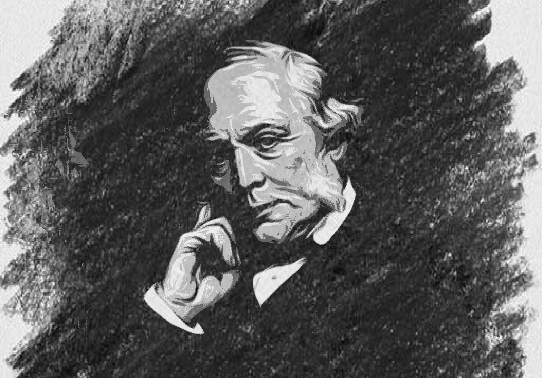
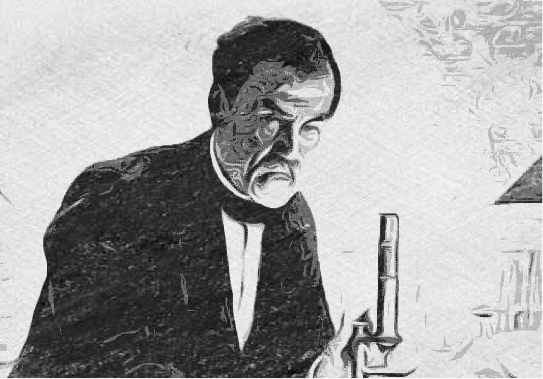
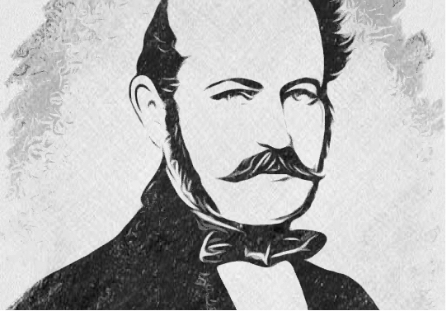
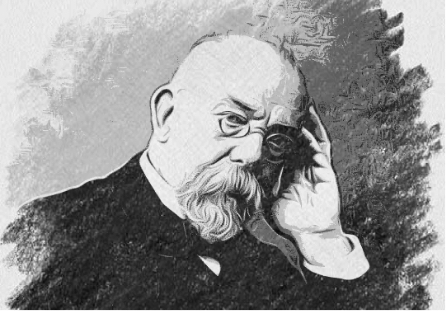
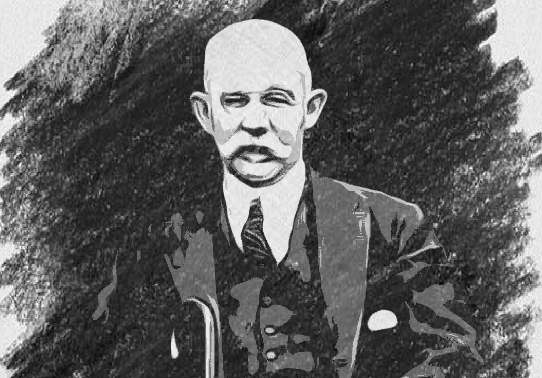
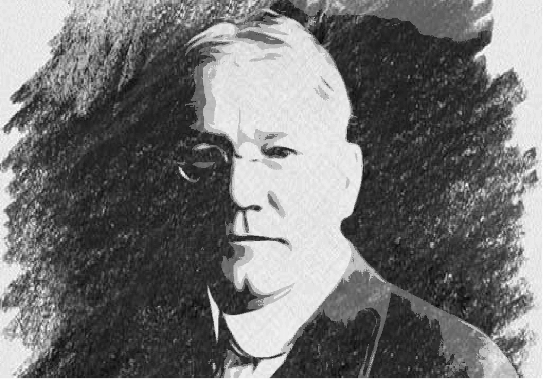
The future trends of the glove business
There is little doubt that most established trends in medical cleanliness will continue. Additionally, improvements in manufacturing and safety will continue to drive innovation. So, it can be expected that powder-free gloves will become the new standard in most markets, especially the higher developed and regulated markets. Also, the acceptable quality limits will further improve as they recently did with the comparable surgical gloves. Below is a display of the trends that cover most of the markets and are likely to continue after the pandemic situation is relieved.
| Trend | Description |
|---|---|
| Powdered to powder-free gloves | Ongoing transition to the market from powdered to powder-free gloves. Powdered gloves are often recognized as lower in performance and price. Since the ban of medical latex powdered gloves in the USA, also other markets have joined in this transition. |
| Sustainable products | Sustainability is a key driver of today’s business and especially with single-use consumables, it is a key point in an environmentally sound product strategy. Natural rubber resurges in particularly aware markets, although quality demands have significantly risen. Sri Trang Gloves (Thailand) offers a variety of sustainable products, with its champion – the FSC certified latex gloves. All products are dipped in BSCI inspected factories, ensuring an effective and regular control of our sustainability competences. |
| Increased quality | Quality demands are rising, not only for the physical properties, but also appearance and usability. Today, even consumable products are evaluated for their packing method, material quality and quality standards. Sri Trang Gloves (Thailand) aims for the integration of international standards such as ISO13485, ISO9001, FSC, BSCI, ISO22000, ISO14001 and many more. |
| Stricter compliance | The way of the past may not be a perfect fit for the future. Sri Trang Gloves (Thailand) is not only constantly striving for improving its own compliance game, but also proactively supports its customer with advice, tools, and guidelines. Contact us and convince yourself! |
| New crosslinking & accelerator systems | New crosslinking systems will improve the lives of people who are vulnerable to skin irritation and sensitization during or after glove usage. In objective and standardized tests, these new systems perform significantly better to the current state of the art. Sri Trang (Gloves) Thailand wants to help its customers to master the leap into this new product segment. Ask us for more details about alternative crosslinking and accelerator systems. |
| Security Improvements | New innovations in barcoding, tracing, and labeling will ensure products are authentic and reliable. Several countries demand online database registrations that are publicly viewable. End users and institutions can verify the identity and compliance of the products. |
| Smart Manufacturing | Renovation and innovation in production processes, such as integration of Smart Technology, will ensure the highest possible efficiency while maintaining the level of quality required by the market. |
References
Pictures:
- https://en.wikipedia.org/wiki/Joseph_Lister
- https://de.wikipedia.org/wiki/Louis_Pasteur
- https://en.wikipedia.org/wiki/Ignaz_Semmelweis
- https://en.wikipedia.org/wiki/Robert_Koch
- https://en.wikipedia.org/wiki/William_Stewart_Halsted
Sources:
- Pitt, Dennis/Aubin, Jean-Michel (2012). Joseph Lister: father of modern surgery. Canadian journal of surgery. Journal canadien de chirurgie, 55(5)
- Kadar, Nicholas/Romero, Roberto/Papp, Zoltan (2019). Ignaz Semmelweis: “The Savior of Mothers” On the 200th Anniversary of the Birth. American Journal of Obstetrics & Gynecology 219(6), 519–522.
- https://www.sciencemuseum.org.uk/objects-and-stories/medicine/listers-antisepsis-system (28.11.2020)
- https://www.britannica.com/biography/Louis-Pasteur/Vaccine-development (30.11.2020)
- https://www.pasteur.fr/en/institut-pasteur/history (30.11.2020)
- https://www.britannica.com/biography/Ignaz-Semmelweis (30.11.2020)
- https://www.nobelprize.org/prizes/medicine/1905/koch/biographical/ (30.11.2020)
- https://www.rki.de/EN/Content/Institute/History/rk_node_en.html (30.11.2020)
- https://www.britannica.com/biography/William-Stewart-Halsted (30.11.2020)
- https://www.hopkinsmedicine.org/about/history/history-of-jhh/founding-physicians.html (30.11.2020)
- http://portraitcollection.jhmi.edu/portraits/bloodgood-joseph-colt (30.11.2020)
- https://www.sciencehistory.org/distillations/the-nurse-who-introduced-gloves-to-the-operating-room (30.11.2020)
